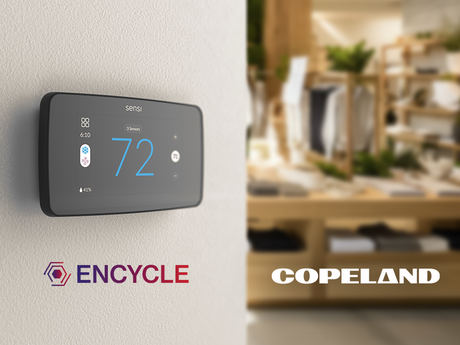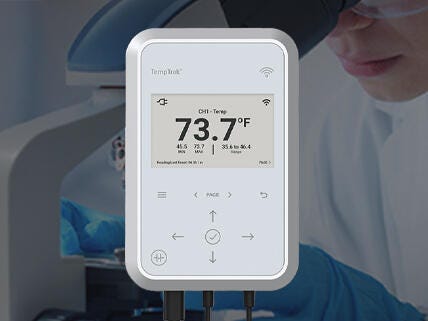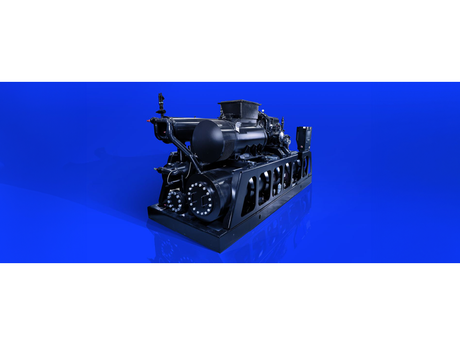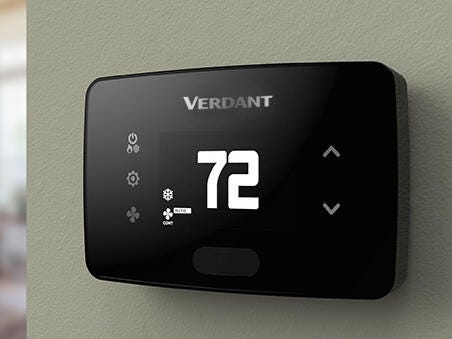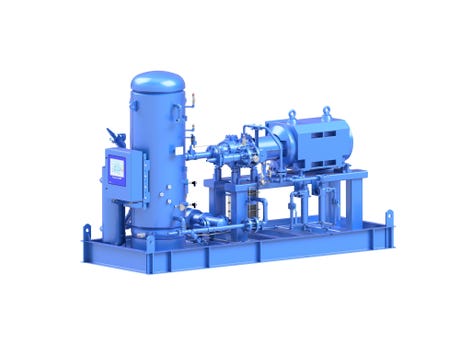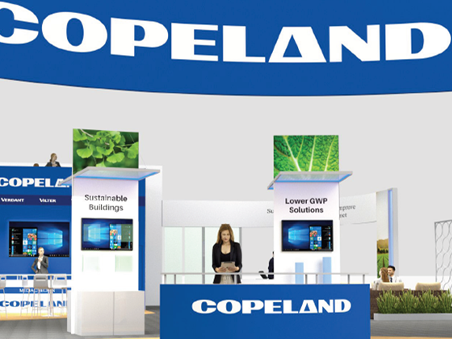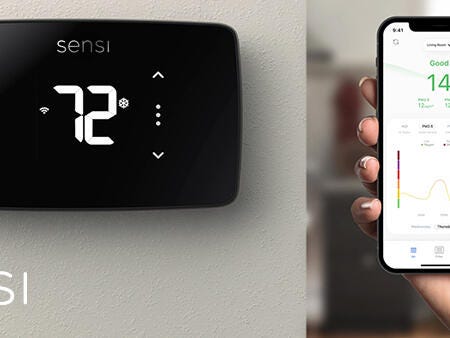Trending News

Copeland Invests in BlueHeart Energy to Advance Next-Generation Heating and Cooling Technologies
Strategic investment accelerates innovative heating solutions to support global net-zero goals
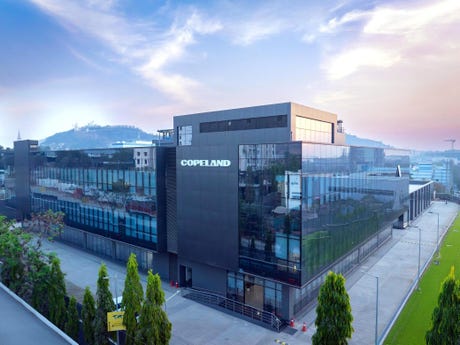
Copeland Strengthens India Commitment, Inaugurates New Engineering and Technology Center in Pune
New Engineering and Technology Center in Pune will drive innovation
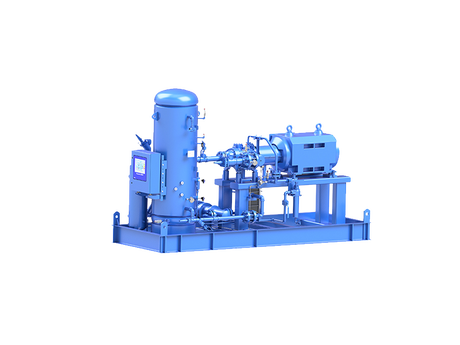
Copeland to Showcase Vilter Industrial Natural Refrigerant Portfolio at IIAR Expo
Technology extends industrial market applications while supporting sustainability goals
Media Contacts
The individuals listed below are resources for news or media inquiries only. For all other inquiries, please use the Contact Us page to contact the business you wish to reach.
Worldwide

